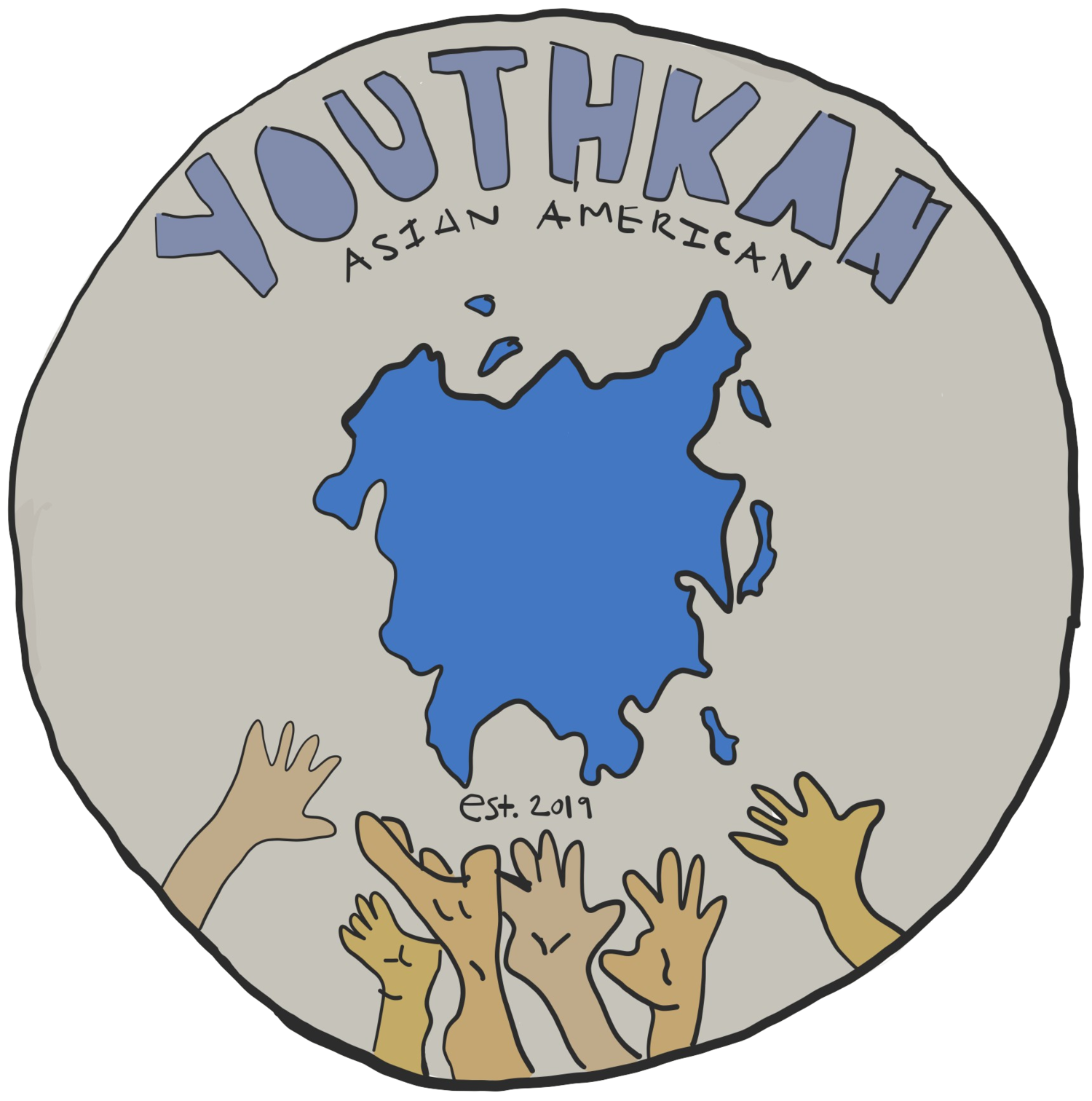Race Misrepresentation in the Film Industry
By David Hyun
In recent years, there has been increased awareness on racism and sexism in the film industry. Big-time Hollywood films have been subjected to criticism due to their misrepresentation or underrepresentation of non-white ethnic groups--nerdy Asians, dangerous black men, “thuggy” Latinos--all playing an active role in reflecting and shaping common societal prejudices. Today we will conduct a deeper analysis of a specific example of this through the rhetorical lens: Doctor Strange.
What is Doctor Strange?
Doctor Strange is a 2016 blockbuster American superhero film based on Marvel Comics. It tells a story of a brilliant neurosurgeon Stephen Strange, who in the journey to find a way to cure himself from his injuries due to a car accident, runs into the Ancient One, who teaches him the ways of sorcery and parallel realities. The film is targeted towards younger audiences with its action packed sequences and eye-catching cinematic presentations, and definitely serves a fun and exciting watching experience for the viewer. However, looking through the race representation in pop culture lens, the film contains heavy underrepresentation and misrepresentation for the Asian ethnic group.
Underrepresentation and Misrepresentation of the Asian Culture in Doctor Strange
The character “Ancient One” from the Marvel Comic Series, Doctor Strange. In the film, this character is played by Tilda Swinton, a white actor.
An example of underrepresentation is shown through the character, Ancient One. Where in the original Marvel Comic Series the Ancient One is portrayed as an Asian Male, in the movie the character was played by Tilda Swinton, a white actor. Not just the Ancient one, but most of the Asian characters in the comics are played by white actors as well. For example, except for Wong, Dr. Strange’s sidekick, most if not all side/filler characters are played by white actors; this is noticeable in scenes where the main protagonist is training to become a magician, where his training partners and side characters are mostly played by non-Asian actors. This is especially offsetting because these characters are wearing traditional clothes from Asian culture, and residing in traditional Asian buildings. As such, other than the underrepresentation of Asian characters and actors, the film also handles heavy misrepresentation of the Asian culture. The film stereotypes and pairs the Asian culture with Martial Arts, engraving the misconception that all Asians excel in Martial Arts, as the few Asian actors present in the movie are specifically incorporated mostly in action shots that consist of intense fighting against the protagonist. Although this may not be a significantly noticeable factor in the film, it plays a critical role in misrepresenting and stereotyping, failing to portray the deep and rich facets true Asian culture may embody.
This analysis only serves as a small example of the abundant improper race representation present in the film industry. Not just the Asian population, but the black, the Latino, and other historically underrepresented communities face the same struggles, as the proportionate and accurate representation of race in film is still not a norm. It is therefore the role of the underrepresented communities to continue to advocate for equal representation in not just the film industry, but for society; and it is the role of the privileged and represented communities to open their ears to their cry, and hold hands in pushing for equal representation for all people in our diverse society.
Thanks for reading!
David Hyun

